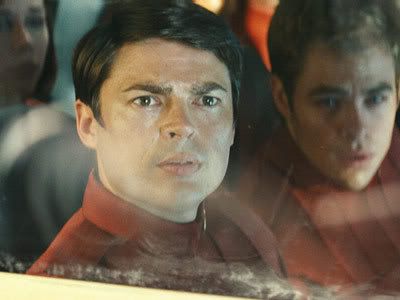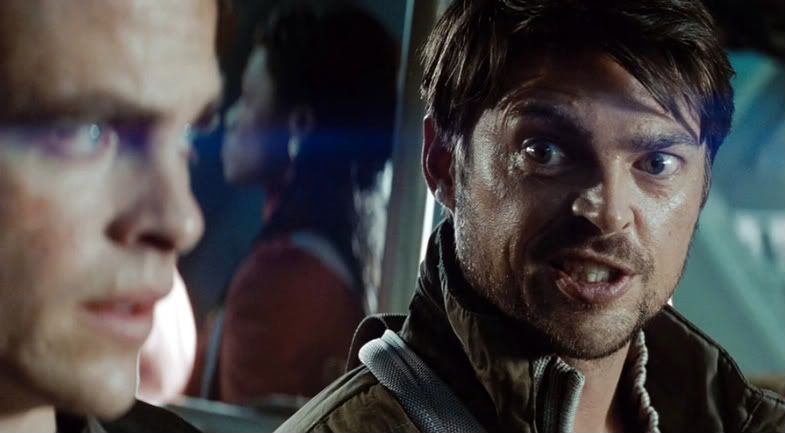Captain X
Rear Admiral
Does that mean you don't want to fuck me? I totally had the lube all ready and everything.Never pointed to you.. We is just debating. You don't strike me as a fundie, just a bit misguided in what's making trek stale
Fundies never say trek has become Cliched. They just say it was never trek to begin with.

In all seriousness though, I think name-calling like that should be avoided. I know the kind of fan you're talking about, but people like that are better left ignored.
Unless they make a complete fool of themselves, in which case let there be lulz.





 ).
).